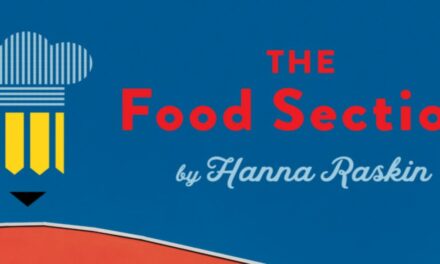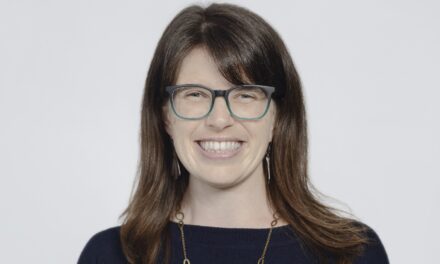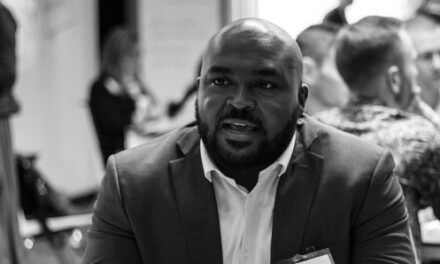Entrepreneur: Dave Farina
Tilt: Simply explained science literacy
Scene: YouTube (2.19M), Twitter (5.7K), Patreon (287), Is This Wi-Fi Organic?: A Guide To Spotting Misleading Science Online (book)
Snack Bites:
- As a teacher, Dave Farina thought recording his lectures and posting them to YouTube would be a good passive income stream.
- About four years later, Dave turned Professor Dave Explains All into a full-time content business, earning about the equivalent of a teacher’s salary.
- When Dave no longer had access to a professional studio, he shifted his format so his physical appearance on screen was no longer needed.
Why We Stan: Dave recognized a gap in self-learning on YouTube and created content to fill it. He also followed a path similar to most content entrepreneurs, balancing paying jobs and building his content business. Now, it’s not only his full-time career; the business is adding team members.
@DaveExplains filled a content delivery gap on science education on YouTube and has drawn over 2M subscribers. #Stan #CreatorEconomy Share on XThe Story of Dave Farina
Dave Farina explained a lot over his 10 years teaching science and mathematics at the high school and undergrad levels. It was when he taught organic chemistry and created some effective lectures that he turned on the video camera, according to an interview in EducationWeek.
He tells tubefilter his original intent was to earn passive income from the YouTube channel when he posted the videos, threw in a little music, and branded it Professor Dave Explains All. That was in 2015.
Dave explains to EducationWeek how he found the content tilt for Professor Dave Explains All:
“When I got started, I glanced at what was out there, and I saw two paradigms. I saw edutainment – the sort of one-off, grab you with a hook and teach you a little nugget of something [that’s] interesting to the common public – and then I saw on the other side Khan Academy-style learning – very long lectures basically like a tutor helping you on a piece of paper and a pen. I saw a chasm in between, and I really wanted to fill that.”
Today, the videos operate as guided learning. As he explains to tubefilter: “I cut out all the fluff, just give you exactly what you need, and I speak it to you. I write keywords and highlight them, and I give diagrams, and I draw your attention, draw your eyes, where they need to go at the right time. It’s a facilitated learning process.”
Today, his YouTube channel presents hundreds of videos, segregated by topics: physics and astronomy, chemistry, biological sciences, biomedical topics, life sciences/earth sciences, and mathematics. He even tackles subjects like Italian and American history.
Path to full-time business
A passive income stream never really materialized as he turned it into an active content business. As the channel garnered attention, Dave found himself moving away from in-person teaching to doing freelance content creation and curriculum development. He was spending about 40 hours a week doing that and 40 hours a week on Professor Dave Explains All.
But by 2019, he was working full time on Professor Dave Explains All, spending about 70 hours a week and earning a salary about equivalent to a high school teacher, according to his EducationWeek interview.
Dave Farina (@DaveExplains) spent four years on #ProfessorDaveExplains YouTube channel before he earned revenue equal to a high school teacher's salary. #Stan #ContentEntrepreneur Share on XDave also has evolved his format. In the pre-pandemic days, he would write the scripts for three weeks and then shoot for one or two 12-hour days at the Los Angeles-based YouTube Spaces studio. Then, he would work on the video animation for the next couple of months, as he told tubefilter.
Since YouTube closed its Space studios, he doesn’t appear in the videos, preferring only to use audio and animation, though postproduction takes longer.
Dave also isn’t alone in his content business anymore. As he tells tubefilter: “I now have definitely exhausted almost all of my own personal knowledge, and therefore I really don’t write almost any of the content anymore. I hire out (to) other people to write the scripts, and I even have one animator who is handling some proportion of my postproduction – about 20%, probably, so they’re doing a little bit of it for me.
“I’m starting to kind of build a little bit of a team, a little bit of infrastructure, so that I can eventually, long-term, just steer the ship and not row the oars.”
About the author
Ann regularly combines words and strategy for B2B, B2C, and nonprofits, continuing to live up to her high school nickname, Editor Ann. An IABC Communicator of the Year and founder of G Force Communication, Ann coaches and trains professionals in all things content. Connect with her on LinkedIn and Twitter.









